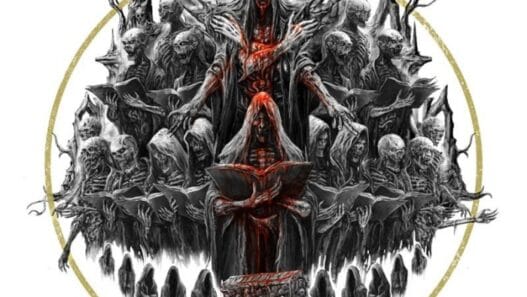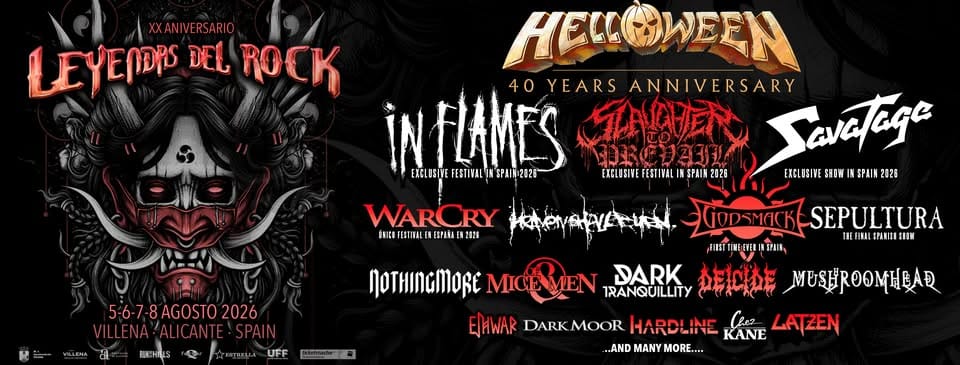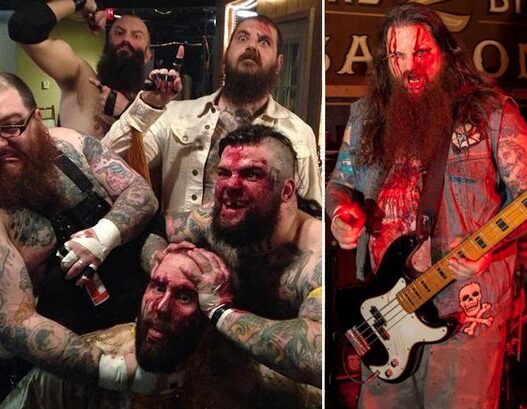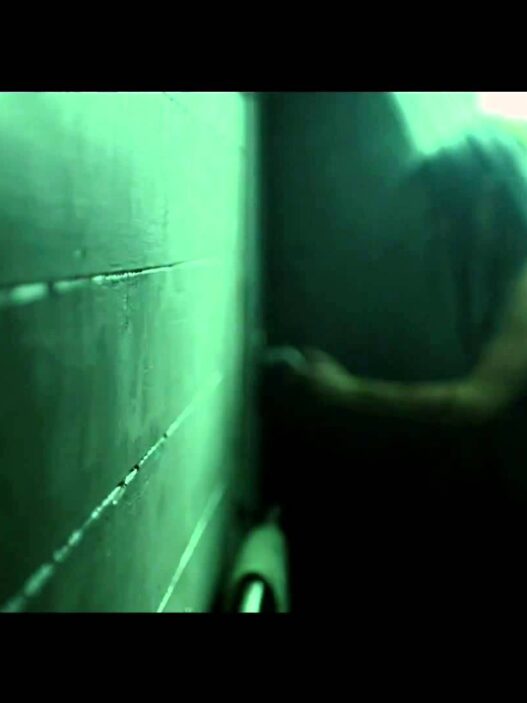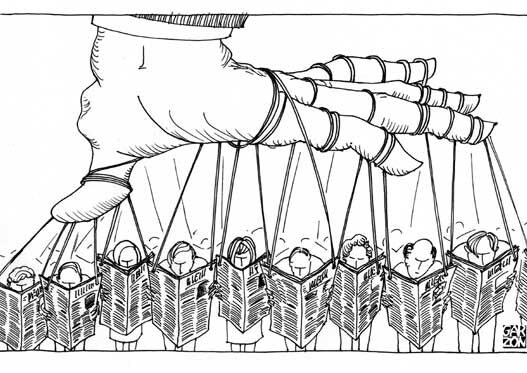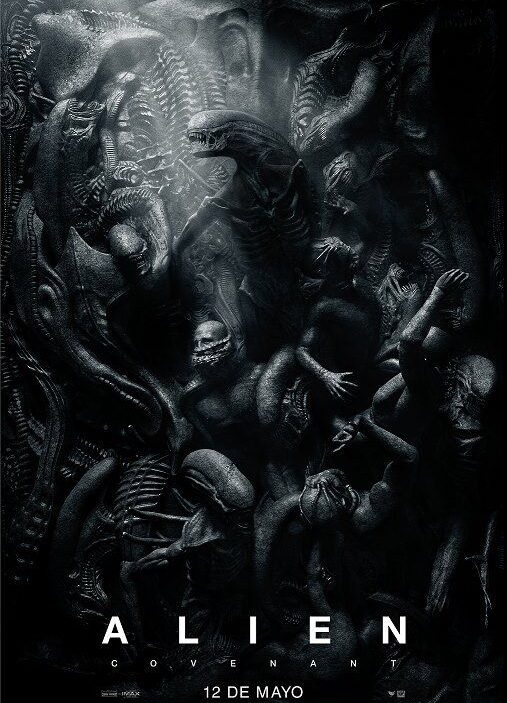(English Below)
Como observador y participante de la escena del metal extremo durante décadas, he sido testigo de una paradoja recurrente: la misma pasión que da vida a este género es a menudo la fuerza que castiga a sus artistas por evolucionar. Me refiero a la Tiranía del Underground, un fenómeno donde la fidelidad inflexible a la «pureza» y la estética lo-fi se convierte en un dogma que, irónicamente, asfixia la longevidad y la creatividad de las bandas más queridas.
La pregunta es inevitable: ¿Hemos matado la posibilidad de crecimiento de las bandas al exigirles una pureza absoluta? Mi análisis, basado en la trayectoria de grupos clave y la psicología del fan del nicho, sugiere una respuesta afirmativa.
I. El Dogma True: La Santificación de la Imperfección
El concepto de True (Verdadero) o Trve se originó en el Black Metal de la Segunda Ola noruega como una necesidad de diferenciación ideológica y sonora. Era un rechazo consciente a los valores comerciales, a las grandes producciones y a la profesionalización.
Bandas seminales como Darkthrone, con álbumes como «Transilvanian Hunger» (1994), cimentaron el estándar de la «imperfección perfecta». La producción deliberadamente áspera, el uso de cajas de ritmos primitivas o la grabación en cuatro pistas no eran una limitación, sino una declaración ideológica. El sonido «sucio» se convirtió en el sello de autenticidad.
El Problema, el fan adoptó esta estética como una norma moral. Cualquier banda que mejorara su calidad de producción, tocara un riff melódico o, peor aún, firmara con un sello grande, era automáticamente etiquetada como «vendida» o «falsa». El éxito comercial se percibía como una traición al espíritu underground.
II. La Trampa de la Fórmula: In Flames y la Crisis de Identidad
El caso más paradigmático de este castigo por la evolución es el Death Metal Melódico sueco. Bandas como In Flames o Soilwork fueron pioneras en la década de 1990, pero a principios de los 2000, buscaron nuevos horizontes.
El Punto de Fricción: Con álbumes como «Reroute to Remain» (2002), In Flames introdujo voces limpias y elementos de Metalcore y Rock Alternativo. Para una gran facción de fans que idolatraban su era «Colony» (1999) o «The Jester Race» (1996), esto fue visto como una traición fundamental.
La Consecuencia: La banda, que tenía el potencial de convertirse en un titán del metal global, perdió una parte significativa de su base original, que se refugió en la añoranza de la fórmula de Gotemburgo. La banda se vio forzada a navegar en una constante crisis de identidad, buscando la aprobación de un sector de fans que exigía que fueran un «museo» de su propio pasado.
El Dato: Aunque In Flames llenó estadios y se hizo inmensamente más popular a nivel comercial con su sonido posterior, el debate constante sobre su «pureza» ha ensombrecido su legado, algo que bandas de rocko pop raramente enfrentan con tanta vehemencia.
III. El Coste de la Longevidad: El Riesgo de Estancamiento
Exigir la pureza absoluta condena a las bandas a dos destinos igualmente desoladores: la desaparición o el estancamiento creativo.
A. La Desaparición (La Quemadura Creativa)
Muchas bandas, ante la presión de replicar el mismo sonido crudo una y otra vez, deciden simplemente disolverse. El músico extremo, aunque ama el género, tiene una necesidad artística de explorar nuevas texturas. Si cada nuevo riff melódico o cambio de compás es recibido con hostilidad, la motivación para componer se agota.
B. El Estancamiento (La Jaula de Oro)
Otras bandas eligen el camino seguro. Continúan lanzando álbumes que son copias estilísticas de sus trabajos seminales, sin arriesgarse a innovar. Este modelo, si bien satisface a los puristas a corto plazo, condena al género a la repetición y a la irrelevancia a largo plazo, ya que las nuevas generaciones no encuentran nueva música emocionante, sino solo refritos de lo viejo.
IV. Conclusión: El Metal es un Arte Vivo, No una Pieza de Museo
Yo creo firmemente que el underground es la espina dorsal del metal, pero también debemos reconocer que la «Tiranía del Underground» es un obstáculo cultural. El metal, para sobrevivir, necesita inyección de sangre fresca y experimentación.
Los fans debemos recordar que el sonido que amamos nació de la transgresión (el death metal transgredió al thrash; el black metal transgredió al death). Si castigamos a las bandas por seguir transgrediendo, incluso sus propias reglas, estamos matando la evolución que hizo grande a este género.
La verdadera autenticidad de un artista reside en su integridad creativa, no en su código de vestimenta o en la calidad lo-fi de su micrófono. Dejemos que las bandas crezcan, o el underground se convertirá, irónicamente, en una prisión para aquellos que una vez fueron sus liberadores.
As an observer and participant in the extreme metal scene for decades, I have witnessed a recurring paradox: the same passion that gives life to this genre is often the force that punishes its artists for evolving. I am referring to The Tyranny of the Underground, a phenomenon where unwavering fidelity to «purity» and the lo-fi aesthetic becomes a dogma that, ironically, stifles the longevity and creativity of the most beloved bands.
The question is inevitable: Have we killed the possibility of growth for bands by demanding absolute purity from them? My analysis, based on the trajectory of key groups and the psychology of the niche fan, suggests an affirmative answer.
I. The True Dogma: The Sanctification of Imperfection
The concept of True (or Trve) originated in Norwegian Second Wave Black Metal as a necessity for ideological and sonic differentiation. It was a conscious rejection of commercial values, large productions, and professionalization.
Seminal bands like Darkthrone, with albums such as «Transilvanian Hunger» (1994), cemented the standard of «perfect imperfection». The deliberately harsh production, the use of primitive drum machines, or four-track recording were not a limitation, but an ideological statement. The «dirty» sound became the hallmark of authenticity.
The Problem, the fan adopted this aesthetic as a moral standard. Any band that improved its production quality, played a melodic riff, or, worse, signed with a major label, was automatically labeled as a «sell-out» or a «fake». Commercial success was perceived as a betrayal of the underground spirit.
II. The Formula Trap: In Flames and the Identity Crisis
The most paradigmatic case of this punishment for evolution is Swedish Melodic Death Metal. Bands like In Flames or Soilwork were pioneers in the 1990s, but in the early 2000s, they sought new horizons.
- The Point of Friction: With albums like «Reroute to Remain» (2002), In Flames introduced clean vocals and elements of Metalcore and Alternative Rock. For a large faction of fans who idolized their «Colony» (1999) or «The Jester Race» (1996) era, this was seen as a fundamental betrayal.
- The Consequence: The band, which had the potential to become a titan of global metal, lost a significant part of its original base, which took refuge in nostalgia for the Gothenburg formula. The band was forced to navigate a constant identity crisis, seeking approval from a sector of fans who demanded they be a «museum» of their own past.
The Fact: Although In Flames filled stadiums and became immensely more popular commercially with their later sound, the constant debate about their «purity» has overshadowed their legacy, something that rock or pop bands rarely face with such vehemence.
III. The Cost of Longevity: The Risk of Stagnation
Demanding absolute purity condemns bands to two equally desolate fates: disappearance or creative stagnation.
A. Disappearance (The Creative Burnout)
Many bands, facing the pressure to replicate the same raw sound over and over again, simply decide to break up. The extreme musician, although loving the genre, has an artistic need to explore new textures. If every new melodic riff or time signature change is met with hostility, the motivation to compose is exhausted.
B. Stagnation (The Golden Cage)
Other bands choose the safe path. They continue releasing albums that are stylistic copies of their seminal works, without daring to innovate. This model, while satisfying purists in the short term, condemns the genre to repetition and long-term irrelevance, as new generations find not exciting new music, but only rehashes of the old.
IV. Conclusion: Metal is a Living Art, Not a Museum Piece
I firmly believe that the underground is the backbone of metal, but we must also acknowledge that the «Tyranny of the Underground» is a cultural obstacle. Metal, to survive, needs an injection of fresh blood and experimentation.
Fans must remember that the sound we love was born out of transgression (death metal transgressed thrash; black metal transgressed death). If we punish bands for continuing to transgress—even their own rules—we are killing the evolution that made this genre great.
The true authenticity of an artist lies in their creative integrity, not in their dress code or the lo-fi quality of their microphone. Let the bands grow, or the underground will, ironically, become a prison for those who were once its liberators.




